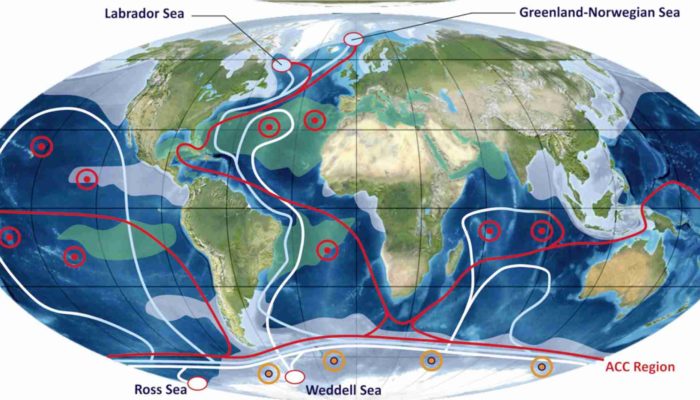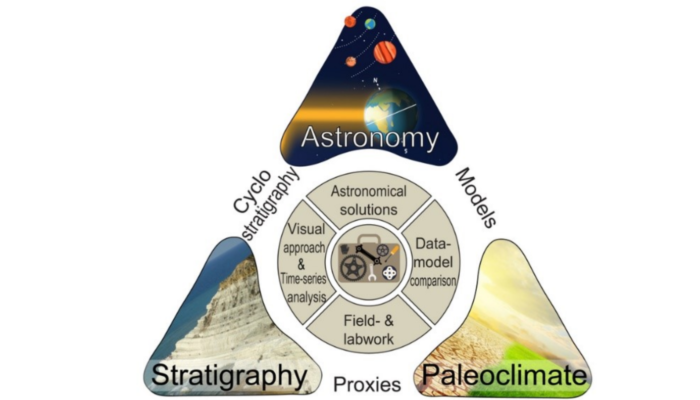In Part 1 we differentiated between (1) shallow-marine tide-related currents from (2) purely gravitational sediment-laden currents. We could add that the former are periodic, as they are controlled by the effect of the Moon and Sun gravitational fields on the oceanic water as the Earth revolves, while the latter are sort of ‘spontaneous’ currents driven by the Earth gravitation field on sedi ...[Read More]
An online learning platform for cyclostratigraphy – www.cyclostratigraphy.org
Cyclostratigraphers aim to read and understand the effect of climate-driven orbital changes in the geological record through time. In doing so, they start from an important prerequisite: An imprint of insolation variations caused by Earth’s orbital eccentricity, obliquity and/or precession (Milankovitch forcing) can be preserved in the geological rock record. The new www.cyclostratigraphy.org webs ...[Read More]
Sedimentology – towards a disciplinary crisis?
This contribution adds to earlier articles on impact of global change on sedimentology and on the changing role of sedimentologists in a society moving towards a carbon-free energy future (e.g. Simmons and Davies, 2020, SSP BLOG). Sedimentology is a child of the Age of Petroleum. And, the success story of petroleum is closely linked to the equally successful story of gasoline-powered mobility. Let ...[Read More]
Podcast conversations about geology with researchers making key contributions to our understanding of the Earth and the Solar System
I have always sought to grasp the widest spatial and temporal context in which we find ourselves. So, after completing a physics degree at Cambridge University, I focused on cosmology and did a PhD on the structure of clusters of galaxies at Oxford University. I then joined the Science Museum, London, where I discovered the challenges and rewards of conveying science to the public. In 1984, The ...[Read More]


